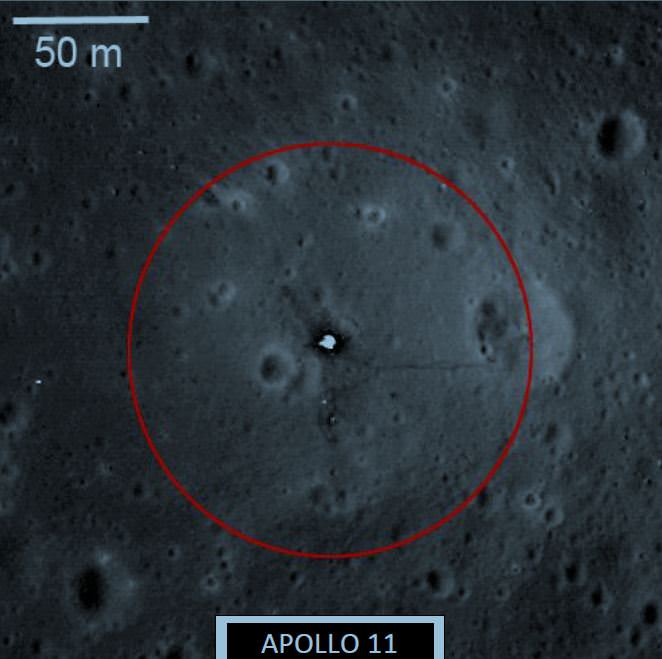[/caption]
Don't say you haven't been warned. NASA put out an
official document
today specifying how close any future spacecraft and astronauts visiting the Moon can come to the artifacts left on the lunar surface by all US space missions, including the Apollo landing sites, any robotic landing sites like Surveyor and impact sites like LCROSS.
While these recommendations are not mandatory (there's obviously no way to enforce this yet) the document states, "rather, it is offered to inform lunar spacecraft mission planners interested in helping preserve and protect lunar historic artifacts and potential science opportunities for future missions."
For example, NASA recommends an artifact boundary extending 75 m from the Apollo 11 lunar module descent stage.
NASA isn't expecting a rush of astro-looters to descend upon the Moon, but with China discussing a Moon landing, and with several Google Lunar X PRIZE teams hoping to send robotic landers, they want to make sure nothing from previous missions is disturbed.
"In the 50 years since the first lunar missions, the spaceflight community has not formally provided recommendations to the next generation of lunar explorers on how to preserve the original artifacts and protect ongoing science from the potentially damaging effects of nearby landers," NASA said in an accompanying
press release
, saying that they recognize the steadily increasing technical capabilities of space-faring commercial entities and nations throughout the world that may be on the verge of landing spacecraft on the surface of the Moon.
The document specifies how close another spacecraft can hover, flyover, hop or touchdown near landing sites or spacecraft.
And not just hardware is included in the "don't touch" areas: "U.S. human, human-robotic lunar presence, including footprints, rover tracks, etc., although not all anthropogenic indicators are protected as identified in the recommendations," the document says.
NASA's decisions on proximity boundaries were made from recommendations from external experts from the historic, scientific and flight-planning communities and apply to US government artifacts on the lunar surface.
NASA says they released this document to open discussions with commercial and international space agencies, and seek any improvements to the recommendations.
Read the
full document here (pdf file)
.
Source:
NASA
 Universe Today
Universe Today
